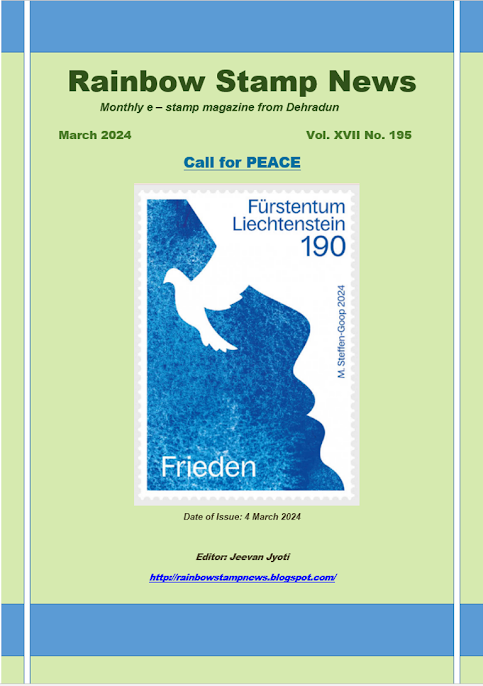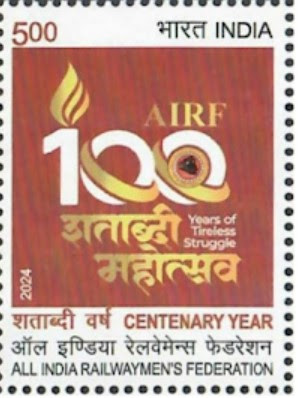
Aland - scheduled for 8 May 2009
Hi ! In today's post some nice stamps to be issued on Astronomy.The European Commission has decided to mark 2009 as the European Year of Creativity and Innovation. The aims of the year are to raise awareness of the importance of creativity and innovation; to disseminate good practices; to stimulate education and research. The United Nations has also declared 2009 as The International Year of Astronomy 2009 and is endorsed by the the International Council of Science. Many European countries have scheduled new issues to mark this special year for Astronomy as a common Europa theme well as other countries to celebrate International year of Astronomy. Here are some forthcoming issues on Europa theme.

Madeira - scheduled for 8 May 2009

International Year of Astronoy 2009
The International Year of Astronomy 2009 is a global celebration of astronomy and its contributions to society and culture and marks the 400th anniversary of the first use of an astronomical telescope by Galileo Galilei. The aim of the Year is to stimulate worldwide interest, especially among young people, in astronomy and science under the central theme "The Universe, Yours to Discover". IYA2009 events and activities will promote a greater appreciation of the inspirational aspects of astronomy that embody an invaluable shared resource for all nations.

Astronomy (from the Greek words astron , "star", and nomos ("law") is the scientific study of celestial objects (such as stars, planets, comets, and galaxies) and phenomena that originate outside the Earth's atmosphere (such as the cosmic background radiation). It is concerned with the evolution, physics, chemistry, meteorology, and motion of celestial objects, as well as the formation and development of the universe.
Astronomy is one of the oldest sciences. Astronomers of early civilizations performed methodical observations of the night sky, and astronomical artifacts have been found from much earlier periods. However, the invention of the telescope was required before astronomy was able to develop into a modern science. Historically, astronomy has included disciplines as diverse as astrometry, celestial navigation, observational astronomy, the making of calendars, and even astrology, but professional astronomy is nowadays often considered to be synonymous with astrophysics.
Since the 20th century, the field of professional astronomy split into observational and theoretical branches. Observational astronomy is focused on acquiring and analyzing data, mainly using basic principles of physics. Theoretical astronomy is oriented towards the development of computer or analytical models to describe astronomical objects and phenomena. The two fields complement each other, with theoretical astronomy seeking to explain the observational results, and observations being used to confirm theoretical results.Old or even ancient astronomy is not to be confused with astrology, the belief system which claims that human affairs are correlated with the positions of celestial objects. Although the two fields share a common origin and a part of their methods , they are distinct.
Coin on IYA 2009 issued by Australia


















.png)













1 comment:
Post a Comment